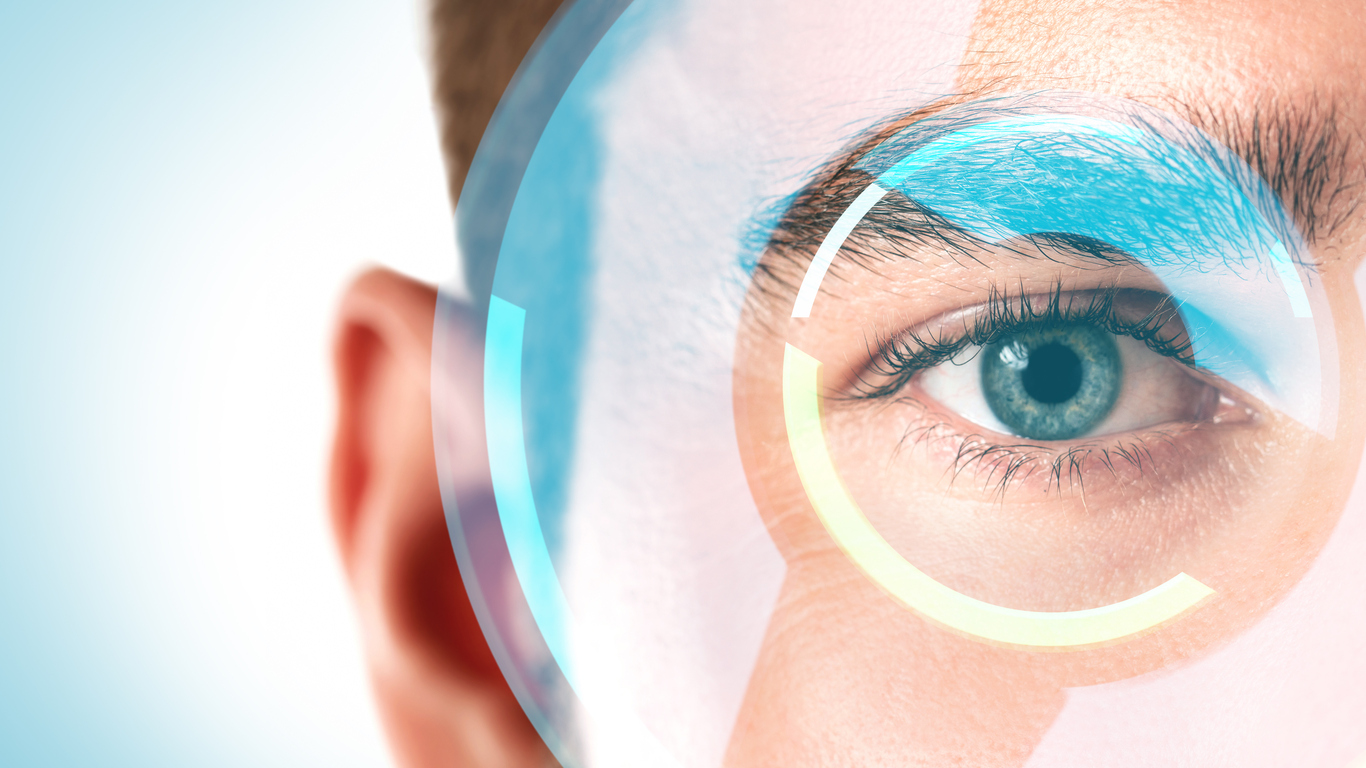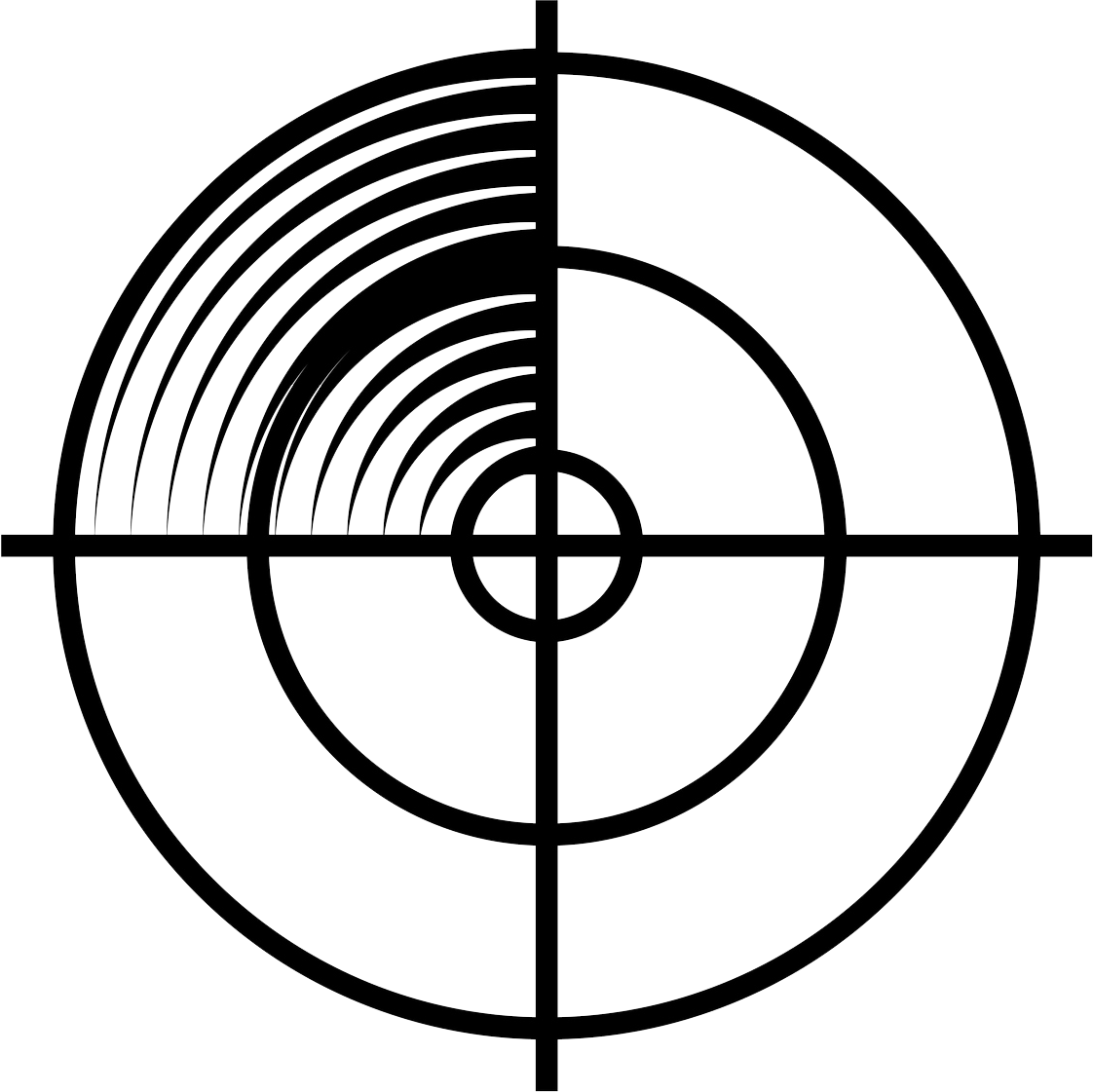Skin Conditions and General Skin Health
Red light therapy is a popular option for treating redness, scars, acne, and wrinkles. It is known to improve collagen production and blood circulation in skin tissue while reducing inflammation, an adverse symptom of many conditions. Red light therapy helps in the following ways:
- Antiaging: Red light therapy is used to enhance the appearance of skin that has been damaged or aged by sunlight. It may stimulate the rapid production of cells that secrete collagen proteins. This helps lift and tighten lax skin, reducing wrinkles.
- Acne: Decrease inflammation, irritation, and sebum production in the skin.
- Hair growth: Low-level laser light therapy is a proven and popular treatment pattern hair loss in women and men.
- Wound healing: Red light therapy helps heal chronic wounds. The technique also encourages new skin growth and help new blood vessel networks form.
- Sunscreen: Red light therapy has been shown to have an effect similar to an SPF when received prior to sun exposure. It has also been shown reduce pain and speed recovery from sunburns. Passiva PLT™ will be used to make a chemical free, environmentally friendly sunscreen.





